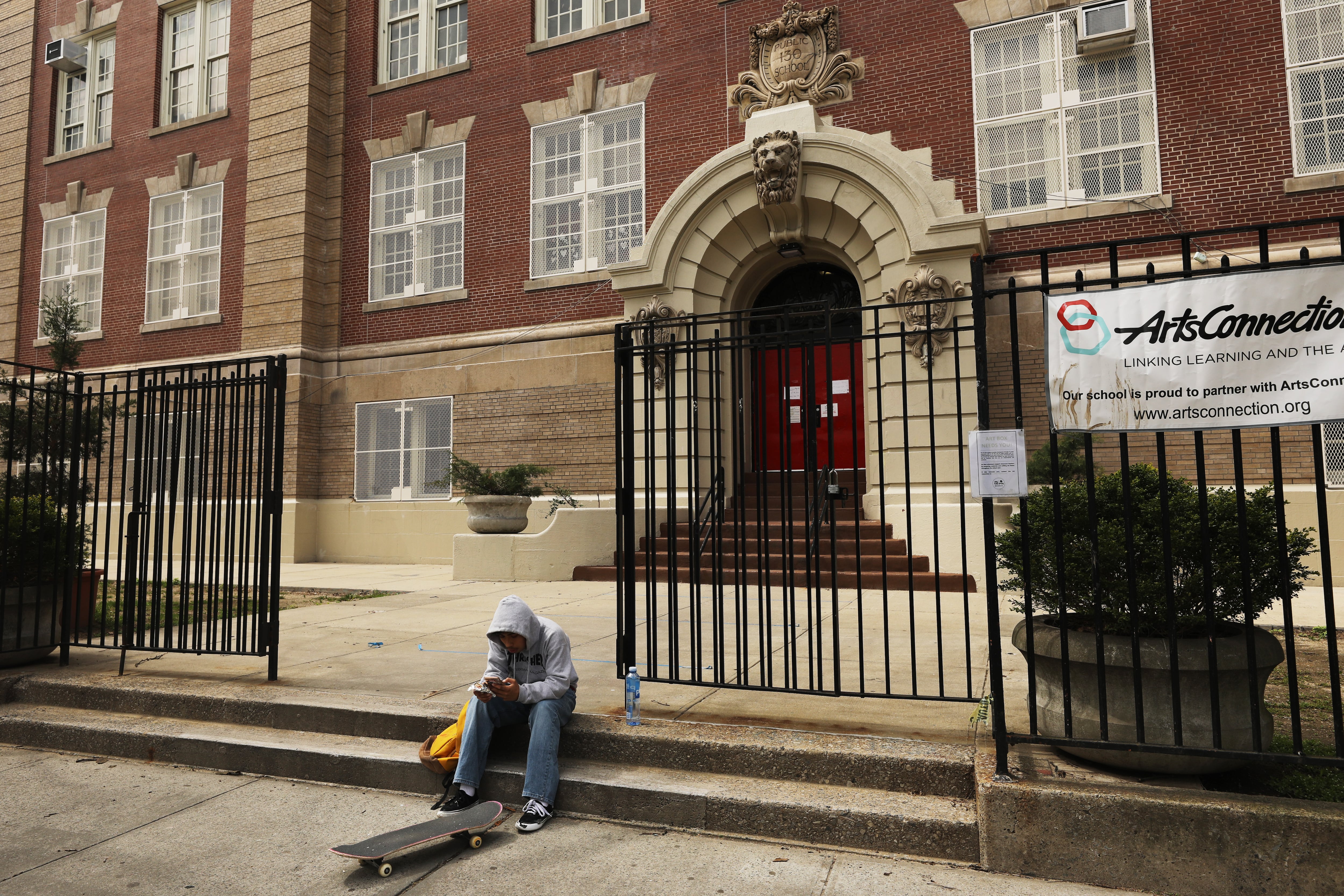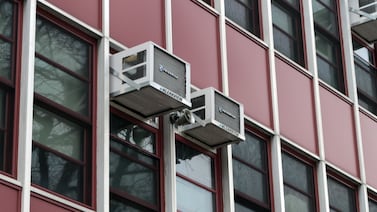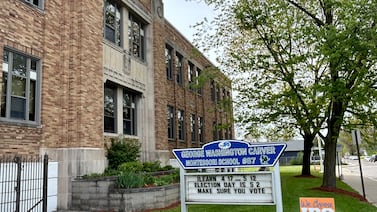Ohio had an economic crisis to deal with and a budget to balance. So it made cuts to public schools — $300 million worth.
But instead of simply slashing budgets across the board, Gov. Mike DeWine took a targeted approach. “We have an obligation to do our best to balance these cuts and to protect the most vulnerable of our students, and we intend to do that with these cuts,” he said earlier this month.
Cleveland’s school district, where the vast majority of students come from low-income families, lost $109 per student, or 1% of its main state funding stream. The wealthy Cleveland suburb Solon, meanwhile, lost $302 per student, or 40% of those state dollars.
The logic is that wealthy areas are better equipped to fill in lost state dollars with property taxes, and rely less on that state money to begin with. And while public school advocates in Ohio are still concerned by the cuts, some national observers say the approach makes the best of a bad situation.
“I am certainly encouraged to see a state leader deciding to shield its high-poverty districts from the bulk of these cuts,” said Ary Amerikaner of EdTrust, a national civil rights and education group. “It’s the right thing to do, and it’s research-based and it’s equity-minded.”
Ohio offers a stark contrast to New York, where a recently passed state budget disproportionately cut from high-poverty school districts. Together, the states offer competing roadmaps for how to distribute the pain of budget cuts — choices other states are certain to face soon as they grapple with this economic downturn.
States have choices about which districts are are hit hardest by budget cuts
The most straightforward approach for states is to cut state funding from each district by the same percent. That was a common tactic during the Great Recession.
“People’s natural instinct is to say, ‘OK, our budget folks are projecting that we need to make a cut to our education budget by 15% next year, so let’s just cut everybody by 15%,’” said Amerikaner of EdTrust.
But if one district gets $5,000 per student from the state and another gets $500, a 15% cut has very different implications. And since high-poverty districts typically rely more on state funds, this tactic disproportionately harms them. The way these cuts are made matters, because research has linked declines in school spending to worse outcomes for students.
“That is obviously not fair because the districts that get the most from the state will see the largest cuts — [and] those tend to be the districts that also have the greatest need,” said Amerikaner.
DeWine, Ohio’s Republican governor, didn’t take this approach. Instead, the state cut more — in terms of dollars per student, and the share of state funding — from the most affluent districts.
Eric Gordon, the CEO of the Cleveland school district, says he’s still feeling the budget crunch, but knows it could have been far worse.
“If the governor had just done a straight across-the-board, everyone gets the same, we would have lost $16.7 million,” he said. “Because he had such an equity agenda, and he did weight it against poverty, we lost about a third of what we could have.”
Federal dollars from the CARES Act will also mean extra revenue, particularly for high-poverty districts in Ohio. Gordon says those funds are being used for immediate needs, like sending printed materials and wireless hot spots to students, and to prepare for next school year.
“Ohio schools under the current public health guidelines are not going to return to normal in August or September,” he said. “The CARES dollars will also help implement a longer-term remote learning or blended learning plan that the district wasn’t tooled to do.”
New York offers a third strategy: cut the most from high-poverty districts and lean on federal dollars to fill in the gaps.
State lawmakers and Gov. Andrew Cuomo, a Democrat, recently agreed on a budget that simply used the federal CARES dollars to make up for state funding cuts. New York City, for instance, got $716.9 million from the federal government — and saw the exact same amount cut by the state.
Since federal funds were earmarked for the highest-poverty districts, those same districts bore the brunt of state cuts. Indeed, an analysis by the Education Law Center found that high-poverty school districts in New York saw cuts in state aid of 5%, or $641 per student, while the wealthiest districts were cut by just 1%, or $43 per student.
Freeman Klopott, a spokesman for the New York State Division of the Budget argues that with federal dollars added back in, district budgets weren’t cut. “New York State was fortunate to hold every district harmless in the enacted budget, which is good for all New York children and families,” he said in a statement. (Some districts, including New York City, are preparing to make actual cuts due to declines in local revenue.)
Of course, New York and Ohio differ in important ways. New York spends far more per student on education, for one. And New York’s cuts came from a new year’s education budget, passed by the legislature and signed by the governor, while Ohio’s were made by the governor alone to balance the current fiscal year’s budget with cuts during its final two months.
One similarity is that public school advocates aren’t happy in either state. In both, some called for tapping into new revenue sources to avoid or reduce cuts.
“It could have been a lot worse for the most challenged districts in the state, but it’s still not awesome,” said Stephen Dyer, a former Democratic state lawmaker in Ohio.
State and district leaders in both places are also looking to the federal government to do more to fill in state budget gaps. Gordon, the Cleveland schools CEO, says that no amount of tinkering with the distribution of state dollars changes the brutal math of a massive economic downturn. Help from the federal government, which unlike most states can run a deficit, is desperately needed, he said.
“There is a tsunami coming behind this earthquake,” he said. “We’ve got to be getting ahead of this and bracing for the next hit.”





